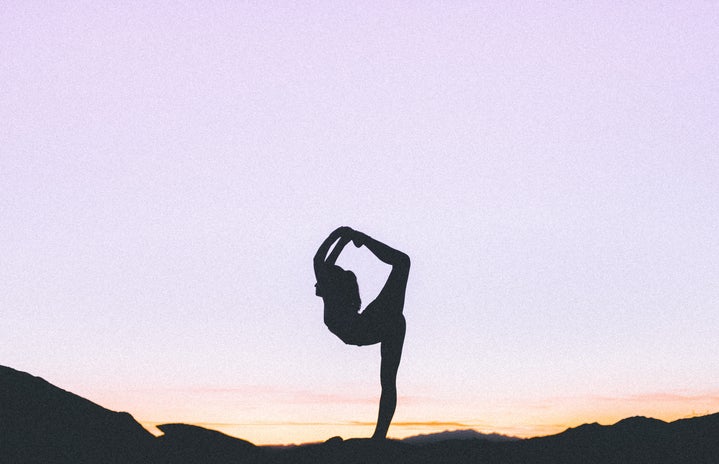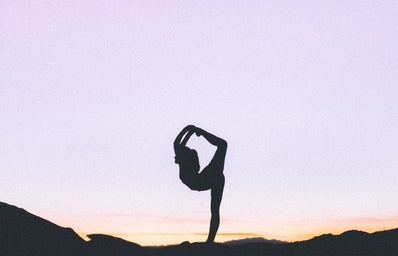On a long summer run, I glance down at my GPS watch and instantly feel disappointed. I’m seven miles into an easy run and my pace is slowing dramatically. Despite my best attempts to reason with myself—it’s a hot, humid day, and my route has been particularly hilly—I can’t help but feel that I should be pushing myself harder.
In high school, this mindset was encouraged. My teammates and I were taught to push the pace on every single run. Some girls set their watches to beep every time they slowed beyond a certain pace. Others would elbow and trip each other in order to secure a space at the front of the pack. Running at my high school was centered more around looking good than feeling good.
This attitude continued to manifest itself in my training the summer after I graduated. I would catalogue every detail of every single run. I would feel discouraged if my easy runs weren’t as quick paced as my faster workouts, forgetting that their purpose was to gain endurance through long, slow mileage. I became a prisoner to the Nike+ Running App and Map My Run.
I expected that running in college would be identical to my high school experience, if not more extreme. When I arrived at practice on the first day of preseason I was surprised and a little unnerved when all of my teammates left their phones behind in the locker room. We began to run along Kenyon’s cross country course conversing lightly and remaining in a single group, a giant wall comprised of over thirty women. I kept waiting for the front of the pack to break off from the group, and leave the rest of us in the dust, but that moment never came.
Reflecting on that first day, I realize that running together, as a pack, is a sign of a healthy team environment. Practice isn’t designed to be a race, and it’s not your only chance to prove yourself. Most importantly, I realized the beauty of running without a GPS. I didn’t have any means of checking my distance or time, so it was pushed out of my mind. I ran that day based on how I felt, instead of trying to meet a certain pace. As the season progressed I began leaving my phone and watch behind more frequently, enjoying the freedom that accompanies running simply by feel.
After running without a GPS for months, I’ve realized that it is not a very accurate system in terms of determining the value of a workout. There are so many things that a GPS watch can’t measure, like how much sleep you’ve gotten, how well you’ve fueled yourself, or how tired your muscles are. There are so many factors that can affect a workout. Going off of time alone isn’t just mentally challenging, it is also inaccurate if you aren’t taking all of these other forces into account.
While running by feel, I am able to focus on the present and enjoy running, much more than I could while being weighed down by a watch.


